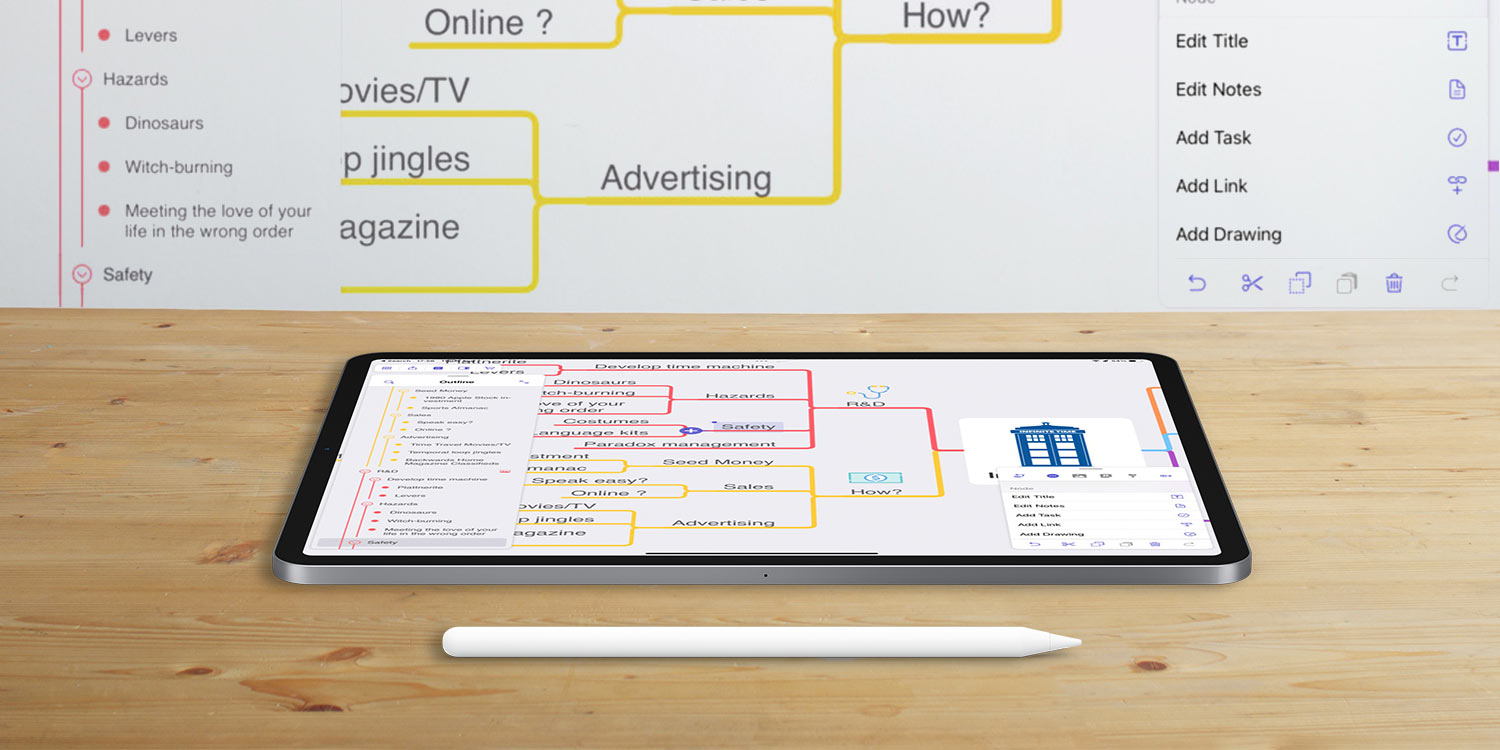Map out and connect your thoughts with these brilliant apps
Some ideas are simple. They can be outlined as a short bullet-point list. But when concepts and plans become complicated, you need a system that can cope. Mind maps are a great way to see how thoughts and ideas interconnect – and for digging down into the fine details.
You start with a central concept and branch related ideas from it. These can take the form of words or images, depending on your needs. Mind maps can be useful for everything from event planning to revision.
In this round-up, we explore the best apps in this space, each of which offers its own unique spin.
MindNode ($2.49/£2.49 per month)
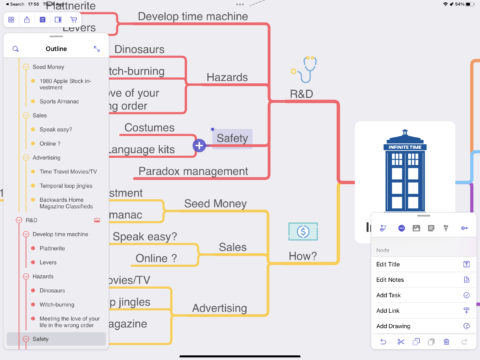
The most advanced and polished app in this selection, MindNode is also the most user-friendly. On iPhone, you can start with a basic outline and transform it into a mind map with a tap. On any device, you can quickly expand on a basic idea, using controls within on-screen panels to adjust your mind map’s layout and add inline imagery.
Should your mind map start to sprawl, MindNode has you covered. Focus mode fades everything apart from the current branch, to reduce distraction; and you can return to the outline at any point, should you find it easier to manage items in that view.
Much of the good stuff requires a subscription – but MindNode is worth the outlay if you use it often. If you’re not keen on paying, check out the limited free version anyway – it’s solid for capturing ideas and exporting completed mind maps to various formats.
Transno (free)
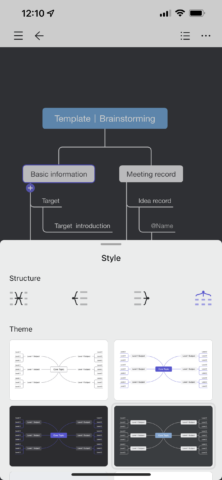
Workflow in Transno feels a lot like the initial steps in MindNode. Documents begin as structured outlines containing headings and list items. With a single tap, these can be turned into a mind map. It’s possible to make edits in either view, depending on your preferences and device: during testing, we preferred the outline view on iPhone, but the mind map on iPad.
Although more limited than MindNode in terms of scope and layout options, Transno doesn’t skimp on vital features. You can adjust the theme and structure, switching from a spider diagram to top-down branches, like in an org chart. Images, sketches, checkboxes and lists can be integrated. The biggest limitation is in exports being restricted to flat images. Still, for a free app, Transno ably does the job.
Mindly (free or $6.99/£5.99)
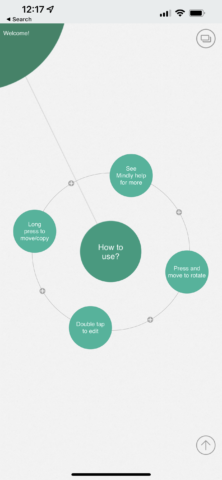
This app takes a different approach to organizing thoughts that isn’t quite mind-mapping, but it’s in its outer orbit. That’s suitable, given that Mindly documents comprise ideas around which you create discs containing related concepts. The result resembles planets around a central sun. Each item can have a unique color and icon (and an optional note) or be image-based.
The going is animation-heavy as the app zooms in and out as you work on branches, but you can view the entire mind map by tapping a button. Because of the more rigid structure, Mindly lacks MindNode’s flexibility, and so you cannot link individual nodes to multiple points across your diagram. But for more streamlined outlines with self-contained branches, it works well – and its tendency to eliminate clutter and complexity makes you think about refining ideas.
For free, there are limitations, but nothing major. A one-off IAP unlocks unlimited elements per diagram, search, export options beyond PDF and backup archives.
Concepts (free + IAP)
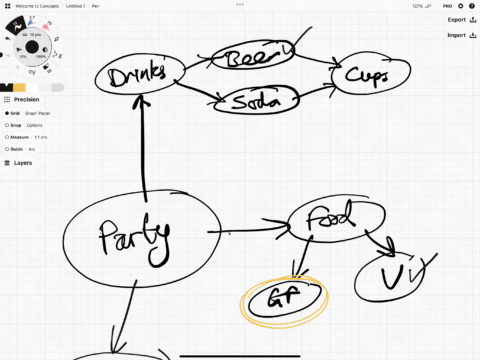
Want to go properly old-school with mind mapping, but stop short of drawing on paper or a white board? Concepts gives you a flexible digital canvas on which to work. In fact, Concepts documents are endless, so you can expand your ideas indefinitely.
Note that this is fully freeform drawing, and so you need a stylus. There are handy tools for tidying up your output, though: grids to snap containers to, and a type tool if no-one (including you) can read your handwritten scrawl.
It’s also possible to select and group objects, but there’s no automation to your layout, unlike with the previous items, which will sort and tidy your nodes and branches. Then again, that’s to be expected with digital paper! And if you want to get your work on to real paper – or elsewhere – you can export it as a flat image, or use IAP to unlock other formats.
Obsidian (free)
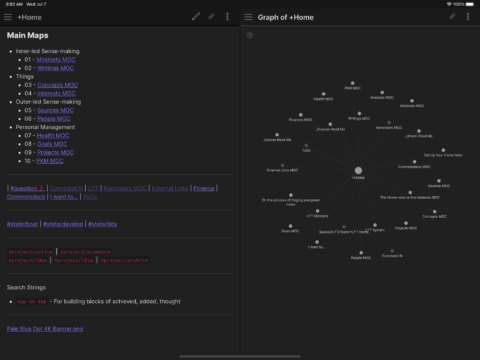
Obsidian sits at the edge of mind-mapping, but we’ve included it for people who have a wordy, detailed approach to ideas.
From a structural standpoint, individual items are documents that sit in containers Obsidian calls ‘vaults’. Each document is a plain-text file that you can optionally link to others using Markdown. What you end up with resembles a wiki, stored on your device or iCloud. A graph view (which can sit alongside the edit view on iPad) visually shows the relationship between your documents, mimicking a mind map.
Obsidian is deeply extensible, through plug-ins that make it capable of far more than first appearances would suggest. But it has a high learning curve, and so prepare to spend time online digging into support documents until everything clicks. It’s worth the effort, though, when you’ve lengthy concepts you want to link – and then see how they are connected.
